Steam Days is a monthly magazine dedicated to all steam railway enthusiasts. Each issue covers the six regions of British Railways: Western, Southern, London, Midland, Eastern, and Scottish, with the occasional article on Irish railways and the industrial scene. These well illustrated articles in the magazine cover the history of the railways of Britain from the early days of the 1800s through to the end of steam on British Railways in August 1968.
Steam Days
TRAINS of thought
Hayling Sunday afternoon • Sixty years after closure of the Hayling Island branch in November 1963, Andrew Britton recalls a 1960 trip on this much-loved railway from the mainland at Havant and onto Hayling Island for its beach.
The Stour Valley line Station by station • A 43 mile single-track cross-country route, Stanley C Jenkins takes us west from Marks Tey, through Chappel & Wakes Colne, Sudbury, Long Melford, Haverhill North and a host of quieter rural stations through to the Cambridge main line.
STEAM DAYS In Colour 227: Glasgow suburban south and east and into Lanarkshire • After some rationalisation of duplicate lines, modernisation of the suburban and branch lines around Glasgow had become a priority by the late 1950s and a programme of dieselisation and electrification was well underway by 1959. The Clyde Coast, East Kilbride, Uplawmoor and the Cathcart Circle lines have all been covered in previous editions of ‘Steam Days’ so we turn our attention to the remaining routes in Lanarkshire, mainly south of the Clyde, not so far examined. The steam shed at Hamilton West had four roads given over to the maintenance of new diesel units in 1959, although some steam activity continued until 1962 when electric services reached Motherwell from Glasgow (Central) and the remaining steam-operated local trains disappeared soon after.
Make your christmas even better
‘Claughton’ to ‘Patriot’ • The first two Fowler ‘Patriots’ were nominally rebuilt Bowen Cooke ‘Claughtons’ but, as Andrew Wilson explains, little of the original L&NWR 4-6-0s actually remained.
Kemble: Junction for Cirencester and Tetbury • On a photographic voyage of discovery, Chris Gordon Watford recollects a 1954 visit to Kemble and its two branches and reveals some of the back story of the junction station and all of its routes.
Tail Lamp • Readers’ Letters

 Jan 01 2025
Jan 01 2025
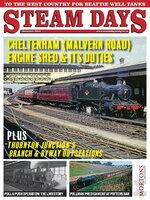 Dec 01 2024
Dec 01 2024
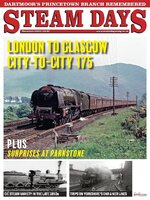 Nov 01 2024
Nov 01 2024
 Oct 01 2024
Oct 01 2024
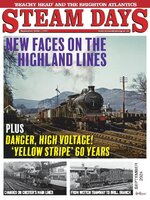 Sep 01 2024
Sep 01 2024
 Aug 01 2024
Aug 01 2024
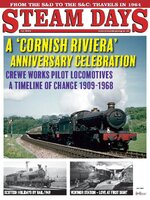 Jul 01 2024
Jul 01 2024
 Jun 01 2024
Jun 01 2024
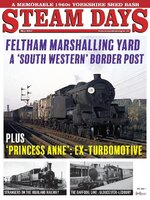 May 01 2024
May 01 2024
 Apr 01 2024
Apr 01 2024
 Mar 01 2024
Mar 01 2024
 Feb 01 2024
Feb 01 2024
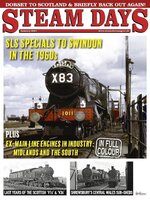 Jan 01 2024
Jan 01 2024
 Dec 01 2023
Dec 01 2023
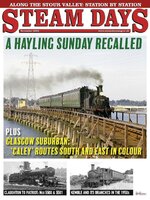 Nov 01 2023
Nov 01 2023
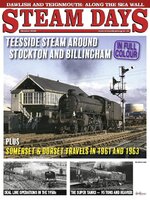 Oct 01 2023
Oct 01 2023
 Sep 01 2023
Sep 01 2023
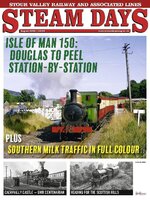 Aug 01 2023
Aug 01 2023
 Jul 01 2023
Jul 01 2023
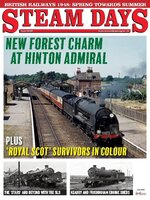 Jun 01 2023
Jun 01 2023
 May 01 2023
May 01 2023
 Apr 01 2023
Apr 01 2023
 Mar 01 2023
Mar 01 2023
 Feb 01 2023
Feb 01 2023
